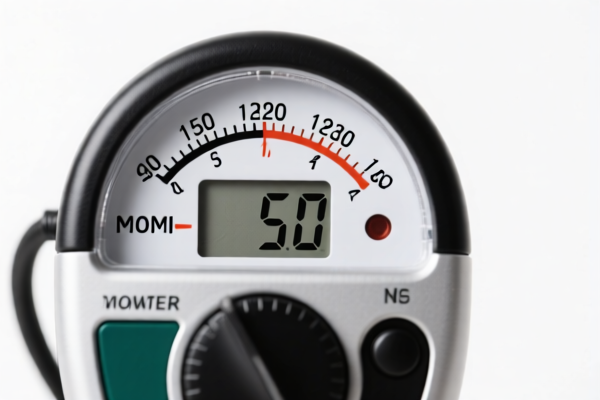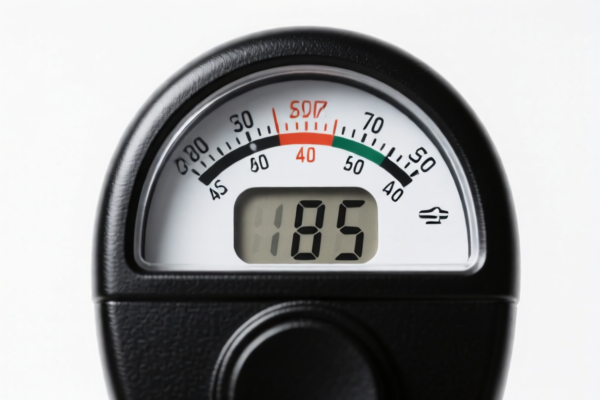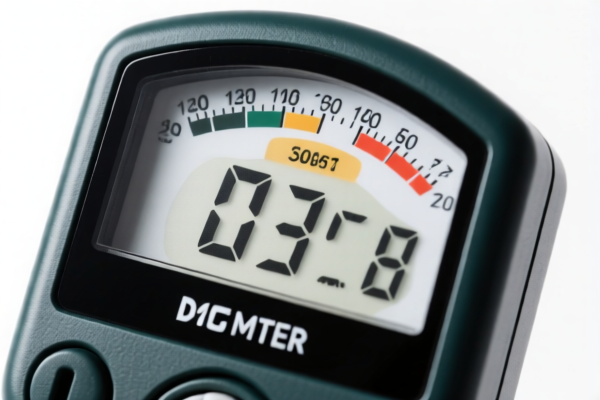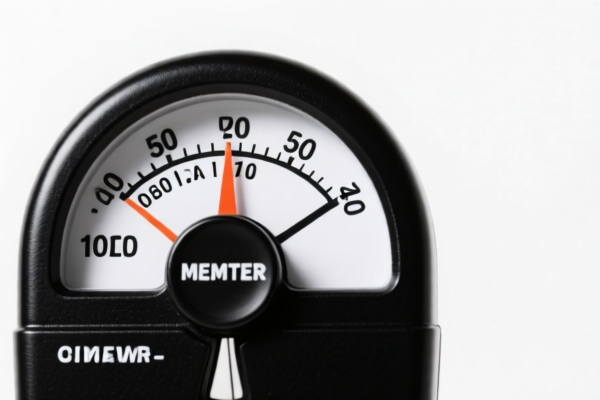| HS Code | Official Doc | Tariff Rate | Origin | Destination | Effective Date |
|---|---|---|---|---|---|
| 9027504050 | Doc | 55.0% | CN | US | 2025-05-12 |
| 9025805000 | Doc | 39.1% | CN | US | 2025-05-12 |
| 9025801000 | Doc | 56.7% | CN | US | 2025-05-12 |
| 8512300040 | Doc | 57.5% | CN | US | 2025-05-12 |
| 8512909000 | Doc | 57.5% | CN | US | 2025-05-12 |
| 9006990000 | Doc | 41.4% | CN | US | 2025-05-12 |




Photometer
A photometer is an instrument used to measure the intensity of light. This measurement is typically expressed in units of luminous flux (lumens), illuminance (lux), or radiance (candela per square meter). Photometers are essential tools in various scientific and technical fields, including photography, cinematography, environmental monitoring, and astronomy.
Material
Photometers utilize various sensor technologies. Common materials include:
- Photodiodes: Semiconductor devices that convert light into an electrical current proportional to the light intensity. Silicon photodiodes are widely used due to their sensitivity and linearity.
- Phototransistors: Similar to photodiodes but offer higher gain, increasing sensitivity.
- Photomultiplier Tubes (PMTs): Highly sensitive vacuum tubes that amplify weak light signals, commonly used in low-light applications.
- Charge-Coupled Devices (CCDs): Semiconductor image sensors used in digital imaging photometers.
- Filters: Optical filters are used to select specific wavelengths of light for measurement, enabling spectral analysis. Materials include glass, plastic, and interference coatings.
- Housing: Typically constructed from durable materials like aluminum, plastic, or stainless steel to protect internal components.
Purpose
The primary purpose of a photometer is to quantify light. This quantification allows for:
- Exposure Control: In photography and cinematography, photometers determine the correct aperture, shutter speed, and ISO settings for proper image exposure.
- Light Source Characterization: Assessing the brightness and spectral distribution of light sources.
- Environmental Monitoring: Measuring light pollution, solar irradiance, and light levels in various environments.
- Scientific Research: Conducting experiments involving light measurement, such as studying plant photosynthesis or atmospheric conditions.
- Display Calibration: Ensuring accurate color reproduction in displays and monitors.
Function
Photometers operate on the principle of converting light energy into an electrical signal. The process generally involves:
- Light Collection: An optical system (lens or aperture) gathers light from the source.
- Filtering (Optional): Filters select specific wavelengths of light.
- Sensing: A light sensor (photodiode, PMT, etc.) converts the light into an electrical current or voltage.
- Amplification & Processing: The electrical signal is amplified and processed to provide a measurable output.
- Display: The light intensity is displayed on a screen or outputted as a digital value.
Usage Scenarios
- Photography/Cinematography: Determining optimal camera settings for balanced exposure.
- Architecture/Interior Design: Measuring light levels for comfortable and efficient illumination.
- Horticulture: Assessing light intensity for plant growth.
- Astronomy: Measuring the brightness of stars and other celestial objects.
- Environmental Science: Monitoring light pollution and solar radiation.
- Manufacturing: Quality control of light-emitting devices.
- Medical Diagnostics: Measuring light absorption and transmission in biological samples.
Common Types
- Spot Photometers: Measure light intensity at a specific point. Often used in photography.
- Incident Photometers: Measure the light falling onto a surface, providing a more accurate reading than reflective meters.
- Reflective Photometers: Measure the light reflected from a surface.
- Digital Photometers: Provide a digital readout of light intensity.
- Analog Photometers: Use a needle and scale to indicate light intensity.
- Lux Meters: Specifically measure illuminance in lux (lumens per square meter).
- Spectroradiometers: Measure the spectral distribution of light, providing detailed information about the wavelengths present.
- Colorimeters: Measure the color of light.
Photometers are instruments used for measuring the intensity of light. Based on the provided information, the following HS codes are relevant:
-
9027504050: This HS code falls under Chapter 90, which covers Instruments and apparatus for physical or chemical analysis. Specifically, it covers instruments and apparatus using optical radiations (ultraviolet, visible, infrared), and further specifies Electrical Photometers. The tax rate details indicate a base tariff of 0.0%, an additional tariff of 25.0%, and a 30.0% additional tariff after April 2, 2025, resulting in a total tariff of 55.0%.
-
9027504000: This HS code also falls under Chapter 90, covering Instruments and apparatus for physical or chemical analysis. It encompasses other instruments and apparatus using optical radiations (ultraviolet, visible, infrared). The tax rate details are not explicitly provided for this specific code, but it is within the same broader category as 9027504050.
It is important to note that the classification of a photometer may depend on its specific features and application. If the photometer is part of a larger system or is used for a specific chemical analysis, other HS codes within Chapter 90 may be more appropriate.
Customer Reviews
No reviews yet.